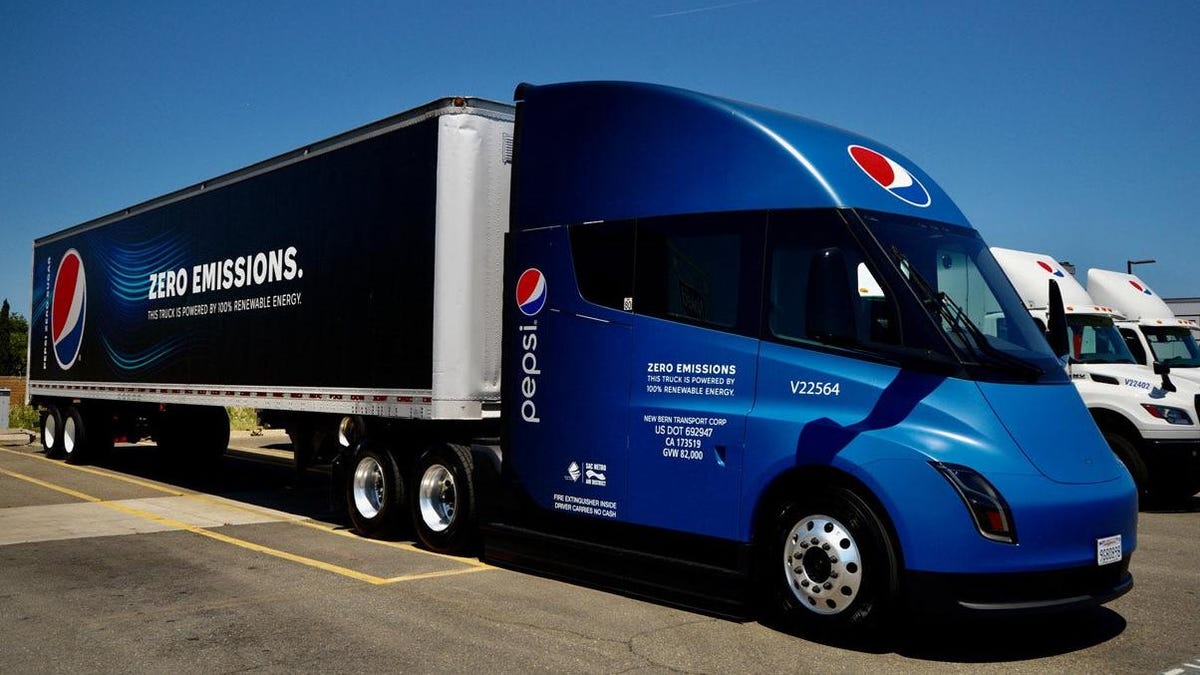Tesla’s Semi truck, promised to deliver 500 miles of range, easy hauling, and low cost of operation, was unveiled in November of 2017. At the time dozens of fleets around the world placed orders for hundreds of trucks. The two largest orders, however, were for UPS and Pepsi, ordering 125 and 100 trucks respectively. Production was scheduled to begin in 2019, but after five years just 36 units have been delivered to Pepsi, according to reporting by Reuters. Meanwhile some of the largest companies in the world—from Wal-Mart and Sysco to FedEx and J.B. Hunt—are left waiting.
It isn’t that Tesla hasn’t built the trucks, because it says it is currently using 100 Tesla Semis to haul battery packs back and forth between its Sparks, Nevada facility and the original Tesla factory in Fremont, California, 259 miles away. I can’t help but wonder how many of the 14,000 employees recently laid off by the company could have been retained if Tesla had fulfilled those millions of dollars of orders instead of holding the trucks for company use.
Interestingly, 32 of Pepsi’s semi trucks were covered by a $20 million state government grant, while federal subsidies pay for up to $40,000 per additional vehicle.
Pepsi took delivery of 15 trucks at its Modesto facility and another 21 units in Sacramento in 2022, already three years behind schedule. The cola company stated it hoped to roll out the remaining 64 units in 2023, but that obviously didn’t happen.
Speaking to investors in October of 2022, Tesla CEO Elon Musk said that the company’s goal was to build 50,000 Semis in 2024. Last year, the perpetually untrustworthy Musk said that “there just weren’t enough batteries” for Tesla to push the Semi into “volume production” at the time, though doubled down on 2024 being the year “the battery problem gets solved.”
Companies have begun to get sick of waiting for Tesla to deliver the trucks. Spurned UPS, Walmart, Sysco, and Schneider National have all ordered dozens of Freightliner eCascadia electric trucks. Daimler Truck says it has rolled out eCascadia deliveries to over 55 different fleets.
In a January call, former Tesla executive Andrew Balino confirmed that the company had begun expansion of the Giga Nevada factory to build semi trucks, while Musk said in March that future European Semi deliveries would come from Giga Berlin. After seven years, Tesla has finally begun construction of the facility that will build the truck. What is Tesla’s problem with overpromising and underdelivering?

